Nature reports
Publisher: Dutch Caribbean Nature Alliance (DCNA)
Page 15 of 20 - 191 Results
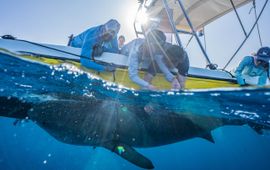
During the week of April 11, multiple ‘scientific firsts’ were conducted as part of the 'Shark Shakedown' project. Researchers tagged eleven sharks, including for the first time a female pregnant tiger shark and endangered..
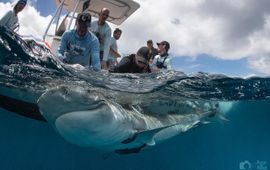
During the week of April 11, members from the NFSXM, the DCNA, the SCF, and Beneath the Waves conduct shark research in the territorial waters of Sint Maarten. The goal of the week-long project is to gather data on sharks in Sint..
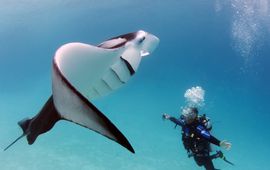
DCNA is partnering with the Caribbean Islands Manta Conservation Program, an affiliate project of the Manta Trust, and Observation.org to track local manta rays and devil rays within the Dutch Caribbean. When citizen scientists..
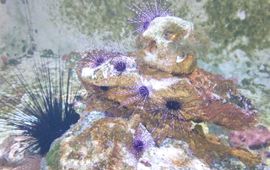
In a Dutch marine lab the sea urchin Diadema antillarum has been cultivated. This sea urchin eats algae and is therefore important to help restore the coral reefs around Saba and Sint Eustatius (Caribbean Netherlands). The first..
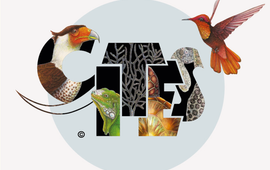
Informational material for regulations outlined in the Convention of International Trade of Endangered Species of wild flora and fauna (known as the CITES) has been developed for residents and tourists on Bonaire, Saba, and St...
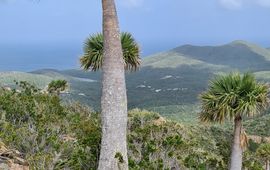
An update to a 40-year-old Sabal palm survey for the islands of Bonaire and Curaçao highlighted the striking differences between the two islands. Through active park management, Curaçao has seen over more than a three-fold..
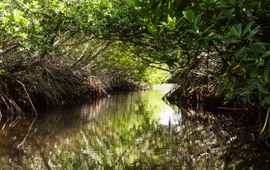
Healthy mangroves act as carbon sinks, storing a variety of greenhouse gases. When mangroves degrade they lose this ability, but to what extend is still unknown. A 2019 study of Bonaire’s mangroves worked to analyze the..
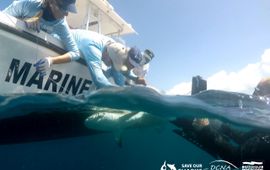
DCNA, through the support of WWF-NL, will be investigating the lifecycle and abundance of large migratory sharks in the North Eastern Caribbean. As a result of two recent incidents there are speculations that the number of sharks..
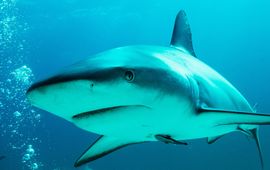
Alarmingly high levels of twelve heavy metals, including mercury, have been found in the muscle tissues of large reef sharks and tiger sharks in The Bahamas. These new findings, published earlier this year in Scientific Reports,..
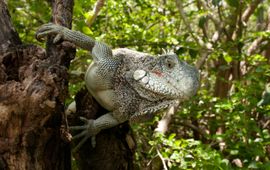
Mainly since the sixties has the green iguana continuously expanded its nonnative range, especially throughout the Greater Caribbean region, and despite repeated warning for its consequences. Now scientists and conservationists..
